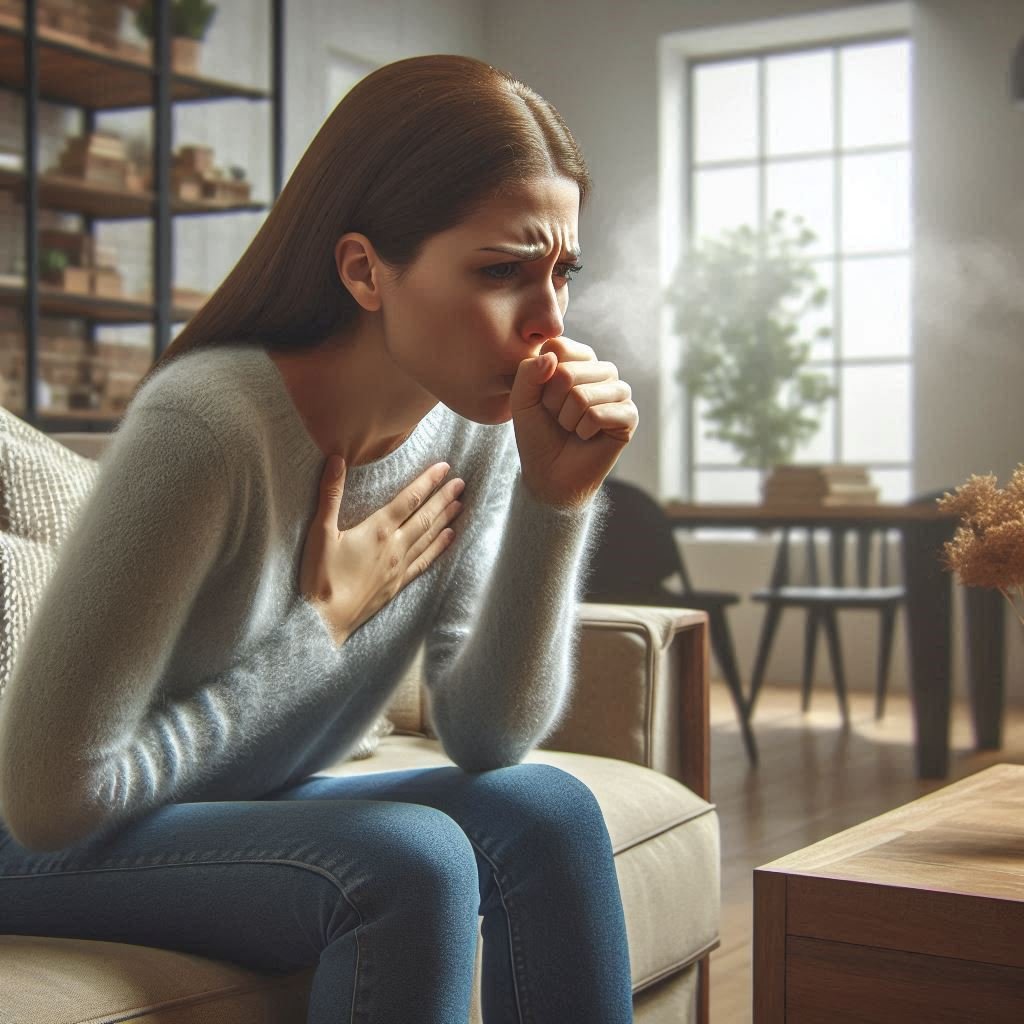
Understanding the Causes and Dangers of PM2.5
Particulate matter smaller than 2.5 microns, commonly referred to as PM2.5, poses a significant threat to public health and the environment, due to its ability to penetrate deep into the lungs and enter the bloodstream, causing severe respiratory and cardiovascular issues. This microscopic pollutant originates from various sources, including vehicle emissions, industrial activities, biomass burning, and natural phenomena such as dust storms and wildfires, with its prevalence exacerbated by urbanization and industrial growth. These particles, invisible to the naked eye, are not only harmful but also persistent in the atmosphere, making them a critical concern for governments, environmental agencies, and citizens worldwide.
The dangers of PM2.5 extend beyond immediate health effects, as prolonged exposure has been linked to chronic illnesses, such as asthma, bronchitis, lung cancer, and even premature death. Additionally, PM2.5 contributes to reduced visibility, environmental degradation, and climate change by absorbing and scattering sunlight, thereby affecting weather patterns and global temperatures. Given the multifaceted impact of PM2.5 on human health, ecosystems, and the climate, it is imperative to adopt comprehensive strategies that address both its sources and its effects, emphasizing the need for proactive and collaborative efforts across all sectors of society.
Improving Urban Air Quality Through Policy and Regulation
One of the most effective ways to combat PM2.5 pollution lies in the implementation of stringent policies and regulations that target its primary sources. Governments should enforce stricter emission standards for vehicles, requiring the adoption of cleaner fuels, regular maintenance, and advanced technologies such as catalytic converters to minimize pollutant discharge. Furthermore, industrial facilities must adhere to rigorous environmental standards, including the installation of advanced filtration systems, regular inspections, and penalties for non-compliance, to significantly reduce emissions of fine particles and toxic gases.
Urban planning also plays a pivotal role in mitigating PM2.5 levels, with policies promoting the expansion of green spaces, urban forests, and public transportation networks designed to reduce reliance on private vehicles. Encouraging the use of electric vehicles, carpooling, and non-motorized transport options such as cycling and walking can further alleviate urban air pollution. Policymakers should also invest in research and development of innovative technologies that capture and neutralize airborne pollutants, ensuring a sustainable and cleaner urban environment for future generations.
Raising Public Awareness and Encouraging Behavioral Changes
Public awareness campaigns are essential in educating communities about the health risks associated with PM2.5 and the steps individuals can take to minimize exposure and reduce their contribution to pollution. Governments, non-profit organizations, and media outlets should collaborate to disseminate information through various channels, including social media, educational programs, and community events, emphasizing the importance of adopting environmentally friendly practices and behaviors.
On an individual level, people can contribute by reducing the use of personal vehicles, opting for public transport, and conserving energy at home by using energy-efficient appliances and switching to renewable energy sources. Additionally, promoting waste reduction through recycling and composting can significantly reduce open burning, a major contributor to PM2.5 pollution. By fostering a culture of environmental responsibility, communities can collectively mitigate the impact of fine particulate matter and pave the way for healthier, more sustainable living environments.
Leveraging Technology and Innovation for Air Quality Improvement
Advancements in technology and innovation offer promising solutions to monitor, control, and reduce PM2.5 pollution. The development and deployment of real-time air quality monitoring systems can provide valuable data on pollutant levels, enabling governments and organizations to make informed decisions and respond swiftly to pollution spikes. These systems can be complemented by satellite imaging and predictive modeling tools, which offer insights into pollution patterns and trends, facilitating proactive measures to address emerging challenges.
Innovative technologies such as air purifiers, smog towers, and green roofs have demonstrated their effectiveness in reducing ambient PM2.5 concentrations in urban areas. Researchers are also exploring the potential of nanotechnology, bioengineering, and renewable energy solutions to combat air pollution at its source. By investing in cutting-edge research and fostering public-private partnerships, societies can harness the power of technology to create cleaner, healthier environments while simultaneously advancing scientific knowledge and innovation.




